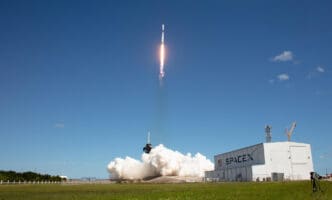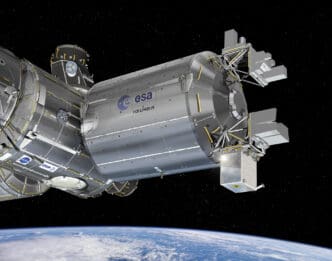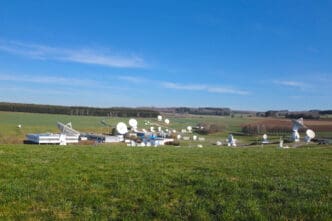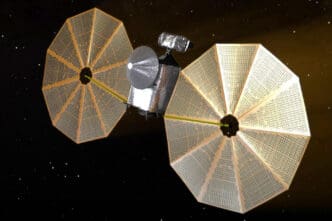The Moon stands as a crucial platform for scientists aiming to study the solar system in its entirety. Uniquely positioned without an atmosphere, it allows the entire electromagnetic spectrum to be observed, offering invaluable insights into the universe.
The Moon, particularly its far side, holds a special place in astrophysical research due to its permanent shield from Earth’s radio interference. This unique trait makes it an ideal location for radio astronomy, enabling the study of the universe’s formative period known as the Dark Ages. During this epoch, shortly after the Big Bang, stars and galaxies had not yet emerged, presenting a mysterious chapter in cosmic history waiting to be explored from the lunar surface.
A remarkable asset in this pursuit is the Lunar Reconnaissance Orbiter Camera (LROC), which has captured unprecedented images of the Moon’s far side. Using its Wide Angle Camera in monochrome mode, the LROC has assembled a mosaic that serves as a pioneering resource for scientists, enhancing understanding of lunar geography and its implications for broader solar system studies.
NASA’s efforts, in collaboration with various academic and scientific bodies, continue to unlock the Moon’s potential as a “platform” for furthering our grasp of planetary processes, volatile cycles, and impact history. These endeavors not only shed light on the Earth’s natural satellite but also provide a comparative footing for analyzing other bodies within our solar system.
As NASA persists in its lunar exploration initiatives, the Moon’s role as a conduit for scientific discovery remains ever significant. It offers a stationary point from which to investigate the biological systems and physical sciences applicable beyond Earth’s confines, extending our knowledge to encompass the intricacies of planetary science.
The Moon, devoid of an atmosphere, serves as an unparalleled scientific platform for researchers. Its unique characteristics allow for extensive study of the solar system, revealing insights into cosmic events and processes otherwise inaccessible from Earth. As exploration continues, the Moon’s contributions to our understanding of the universe will undoubtedly grow, reaffirming its value in space exploration.
Source: Science.Nasa







